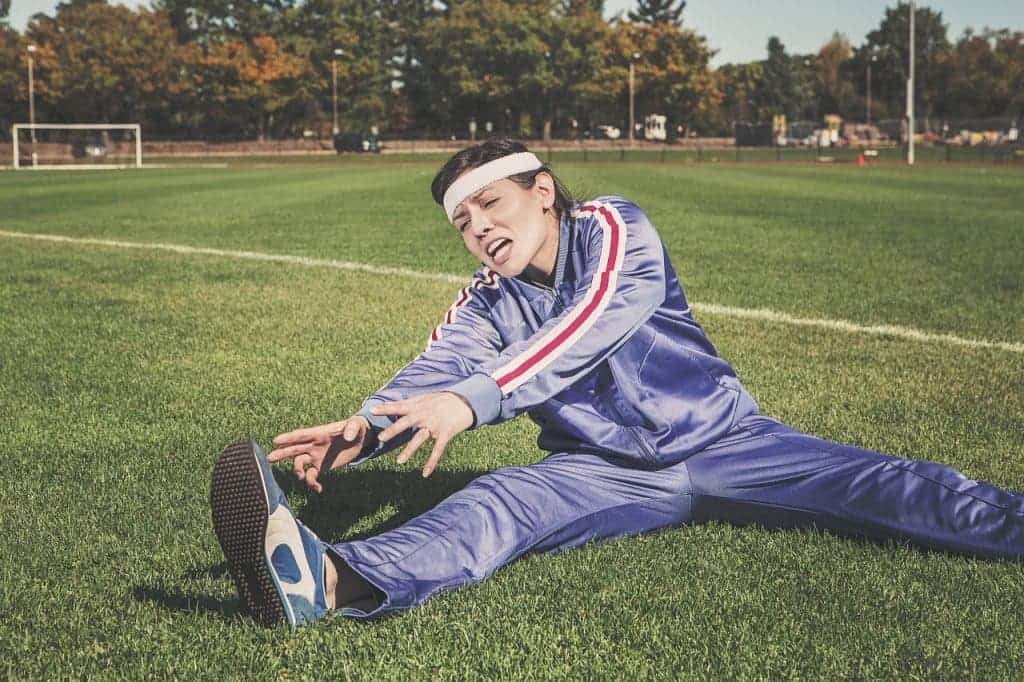Research shows that those who exercise stand a far better chance of not getting cancer. Those who did get cancer, but recovered, can delay or completely avert cancer from showing up again by putting in hours in the gym. The results are quite unambiguous, but the ‘how’ has escaped scientists — but not anymore. A landmark research by a team at Copenhagen University, Denmark suggests adrenaline — the hormone that prepares the body for ‘fight of flight’, but also released during physical activity — plays a major role.

Two groups of mice were studied. Some had a running wheel placed in their cage, while those from the control group could only move about their surroundings with no other impetus. Mice seem to like to run, and the mice with the wheel inside the cage exercised far more than the other group.
Next, the researchers induced three types of cancer by injecting melanoma cells under the skin (skin cancer), the same cancer cells in the tail (lung cancer) and diethylnitrosamine to induce liver cancer.
Four weeks later, the mice who jogged showed much better outcomes. Only a third of those injected with diethylnitrosamine developed liver cancer, compared to three quarters for the sedentary kind. As for lung and skin cancer, the incidence seemed to be the same in both groups but the mice who had a running wheel at their disposal developed smaller tumours.
It was found that mice who exercised produced twice as many T-cells and five times as many natural killer cells — two types of immune cells that attack cancer. Though the production of T-cells was significant, this jump wasn’t responsible for the better outcome. When the mice were engineered to stop producing T-cells, physically active mice still had smaller tumors. When the natural killer cells were suppressed, however, there was no longer any difference in tumour size between the two groups of mice.
Following the cause and effect chain, the researchers turned to adrenaline whose production is known to boost natural killer cells. Half of the sedentary mice were given an adrenaline shot, while the other half was given a placebo saline solution. The adrenaline mice showed smaller tumours, but the difference wasn’t as significant as in the case of the mice who exercised. Adrenaline seems to work, but not alone. The team found that interleukin-6, a chemical found only in the mice who exercised, worked together with adrenaline to fight cancer. When sedentary mice were given interleukin-6 and adrenaline, these had tumours of similar size with the mice that produced them naturally by exercising, the team reports in Cell Metabolism.
A treatment based on interleukin-6 and adrenaline might render some significant results. Until we see a clinical trial, though, exercising sounds like our safest bet.






